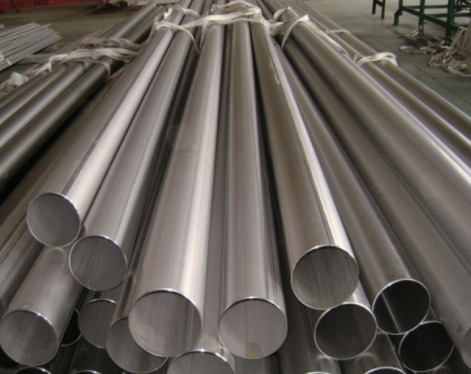
Solution treatment refers to a heat treatment process in which the alloy is heated to a high temperature and maintained at a constant temperature in the single-phase region, so that the excess phase is fully dissolved into the solid solution and then rapidly cooled to obtain a supersaturated solid solution.
Read more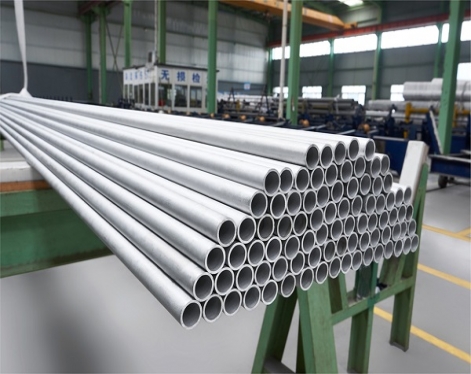
Three defects will occur during the welding process of austenitic stainless steel seamless pipes, and different measures should be taken according to the actual situation.
Read more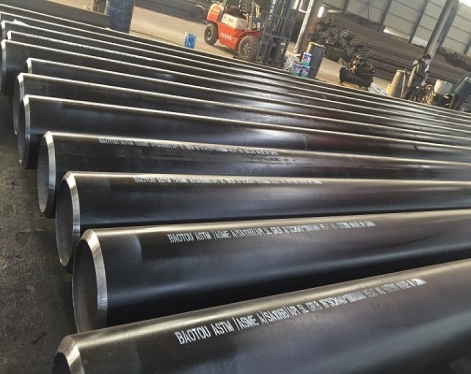
Carbon steel seamless pipe is a seamless pipe made of carbon steel. Carbon steel refers to iron-carbon alloy steel with a carbon content of less than 2% (including 2%). Carbon steel can be further divided into low carbon steel, medium carbon steel and high carbon steel, mainly depending on the carbon content in the steel.
Read more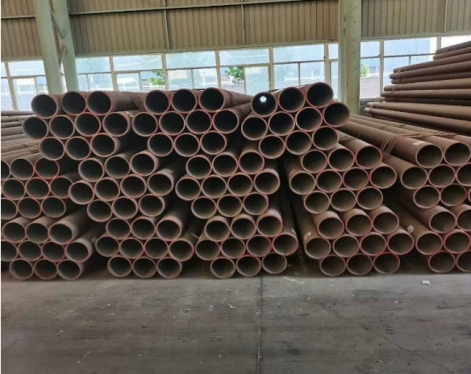
X-ray inspection refers to the use of X-rays to penetrate metal materials, and due to the different absorption and scattering effects of the material on the rays, the film sensitivity is different, resulting in the formation of different blackness images on the negative film. Based on this, it is a testing method to determine the internal defects of the material.
Read more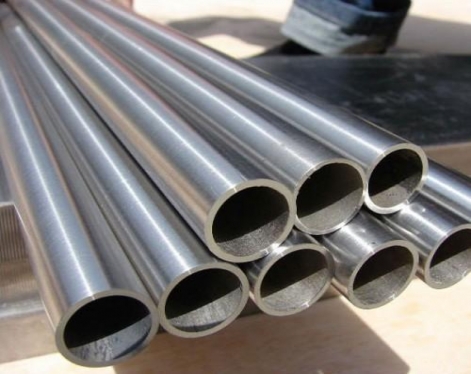
The yield strength of seamless steel pipes is one of its important mechanical properties and is crucial to ensuring the safe operation of pipelines.
Read more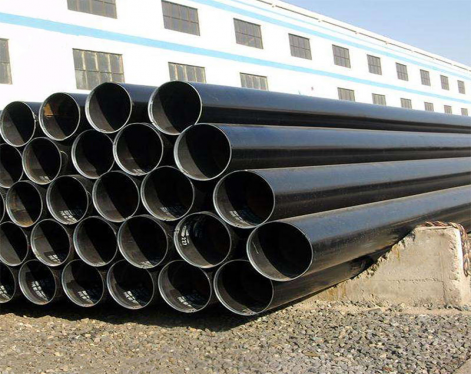
Under normal circumstances, when decarburization occurs on the surface of cold-drawn seamless pipes, it is because the steel wires come into contact with the air when the lead is being melted, causing decarburization and oxidation to occur at the same time.
Read more